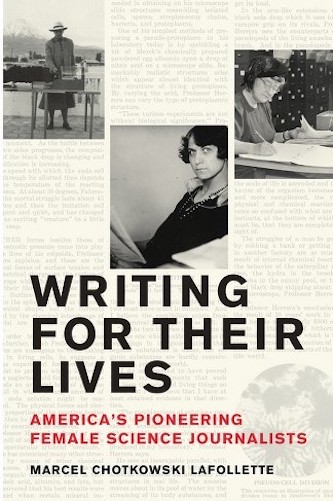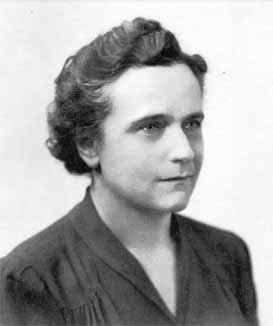The AAS Committee on the Status of Women in Astronomy has compiled dozens of interviews highlighting the diversity of career trajectories available to astronomers, planetary scientists, etc. The interviews share advice and lessons learned from individuals on those paths.
Below is our interview with Dr. Sethanne Howard, who retired as Chief of the Nautical Almanac Office at the US Naval Observatory in 2004. Her work included research in galaxy dynamics and dark matter and she also contributes widely to education outreach. Sethanne published a history of women in science, The Hidden Giants, in 2007. She is currently a volunteer editor for the CSWA newsletter, AASWomen.
Tell us a little about your background.
I was born in Coronado, California in 1944 (during WWII). First Grade was in Washington State. Second Grade was in California. Third grade was in Rhode Island. I think the Fourth and Fifth Grades were in Virginia. I graduated from high school in Paris, France. My first year of college was in Munich, Germany. My father retired from the Navy when I was a senior at the University of California, Davis.
So I grew up with a global view that can be rare for people who stay in one school system K - 12. I learned to adapt to new situations early in life, which helped me later on, too.
I did not go directly through an academic program and instead, I bounced around from job to job at various places. After undergraduate school I went to Lick Observatory for the two-year program for astronomical assistants. I had a wonderful mentor who taught me observational astronomy and put my name on papers. This was rare in the 1960s. It was an apprentice-type program that, unfortunately, no longer exists.
After that, I went to graduate school at Rensselaer Polytechnic Institute (RPI) in Troy, NY. While there, I taught summer programs for teachers; I taught at two local colleges and at a high school; and I wrote the text for an observational astronomy course taught at RPI. There was no astronomer to mentor a Master’s degree student, so I worked with a nuclear physicist to obtain a Master’s degree.
Upon graduation, I worked a few more jobs. I went to Kitt Peak National Observatory (KPNO) where I worked in planetary astronomy for seven years, joined the AAS, and gave my first paper.
One rupee stamp issued by India for the IAU. Image based on my creation of the 2010 apparition of Halley's Comet and now sold as a poster by KPNO. (Credit: S. Howard)
Then I worked for the US Navy as a civil servant in meteorology and oceanography for three years and also conducted education and public outreach, followed by one year at Defense Contract Audit Agency (DCAA) where I helped establish early office automation, as in setting up the computers! Desktop computers were just joining the workforce, and a lot of the effort was psychological - secretaries worried jobs would disappear.
I finally returned to grad school for a PhD in 1985. I taught astronomy at Georgia State University and Emory University while in grad school at Georgia State University. My dissertation involved large-scale computer simulations of galaxy encounters. I used a Cray, which I had used while working for the Navy in meteorology and oceanography.
What is the highest degree in astronomy/physics you have received?
PhD astrophysics, 1989, preceded by an MS in nuclear physics in 1972 and a BS in physics in 1965. Note the delta tT between degrees!
You made so many career changes! What were your ages each time?
What, if any, additional training did you complete in order to meet the qualifications?
Describe job hunting and networking resources you used and any other advice/resources.
Most of my career opportunities were due to papers I had published or presentations I had given. After my PhD, I interviewed at the AAS meeting Job Fair.
What has been your career path since you completed your degree?
After the PhD I had a postdoc at Los Alamos National Laboratory (LANL) working on an X-ray mission called Alexis. I received two EPO awards while at LANL After two years at LANL I moved to Huntsville, Alabama where I worked for three years at Marshall Space Flight Center as a contractor for NASA on the Compton Gamma Ray Observatory. Then I was seduced away by a large salary increase to work at NASA Headquarters in Washington, DC, where I worked as an IPA (via the Intergovernmental Personnel Act Mobility Program) in the Astrophysics Division. IPAs are not quite contractors, but they are not quite civil servants either. These positions help federal agencies fill talent gaps and allows individuals from academia, nonprofit organizations, and state and local governments to work in a federal agency. After three (four?) years I moved to NSF as the Program Director for Extragalactic Astronomy and Cosmology. I was an IPA there too. After two years I moved at NSF to the Gemini Project where I stayed for two years.
I moved to USNO as Chief of the Nautical Almanac Office in 2000, where I was again a civil servant. Wherever I was, though, I engaged in education outreach, which I really enjoy. I was also a Shapley Lecturer for the AAS.
My retirement from USNO was strongly encouraged by my doctors because I had poor management there. I have had PTSD since childhood, and my stress level became untenable. I have a psychiatric disability retirement from the Federal Government. My therapist walked me through it. These types of retirements are rare.
What have been particularly valuable skills for your current job that you gained through completing your degree?
Now that I'm retired, my time is my own. I highly recommend it! 🙂
How family-friendly was your employment position?
What advice do you have for achieving work-life balance (including having a family)?
Pay attention to mental stress and take good care of the mental issues. Seek professional help if necessary. This means a psychiatric specialist. Nurse practitioners seem to be filling this role now.
What do you do for fun (e.g., hobbies, pastimes, etc.)?







